11 weird products that you probably didn't know Microsoft made
Microsoft broadband networking.

A cordless phone system.
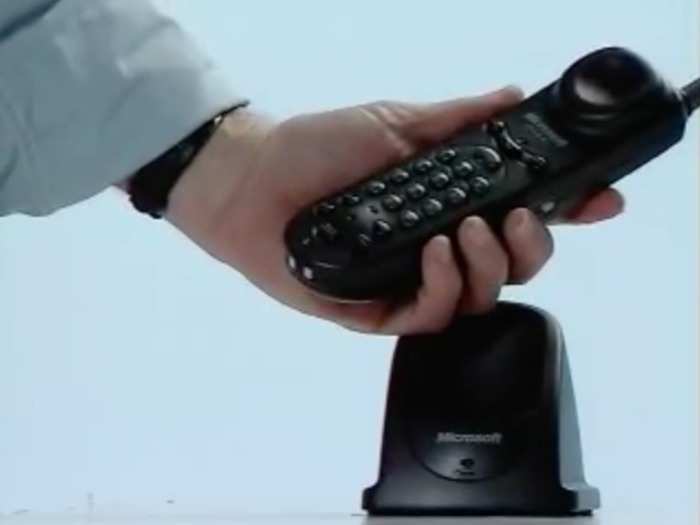
Way before Lumia, Microsoft was involved in the phone market, albeit without the "smart" part.
The Microsoft Cordless Phone System was impressive for its time — which was around 1998 —offering PC integration, speech recognition (for things like "Call John Smith"), caller ID, and more.
The project was shelved, however, and Microsoft didn't make a phone-based product again until Windows Mobile, the company's first attempt at a smartphone operating system. The system wasn't compatible with Windows NT and Macintosh for an unknown reason.
There is a YouTube video of the phone in action.
The Microsoft Digital Sound System 80.
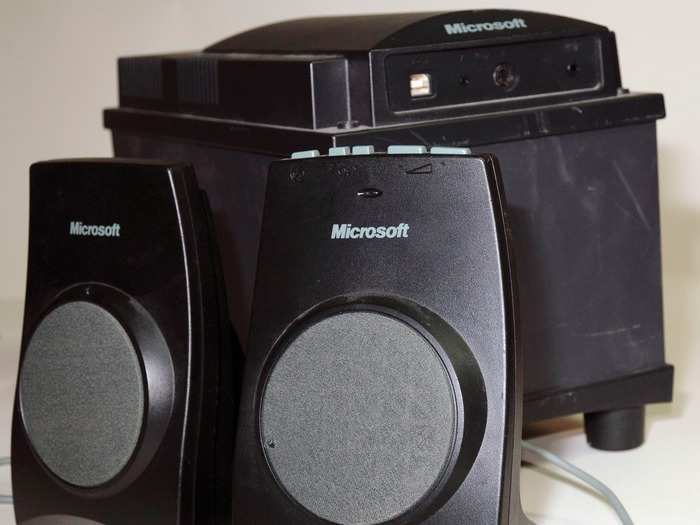
Microsoft and Phillips teamed up in 1998 to product the Digital Sound System 80, the only speaker system ever manufactured by Microsoft.
The system, unveiled during the 1998 Electronic Entertainment Expo, was one of the first to have integrated sound hardware, meaning the PC didn't need a dedicated sound card. Additionally, the Sound 80 had a 3.5mm line-in as well as a USB port.
The Sound 80 came with an interesting glitch: tapping either the + or - buttons could increase the volume to maximum or minimum respectively with no way to stop it beyond hitting mute.
A fingerprint reader.
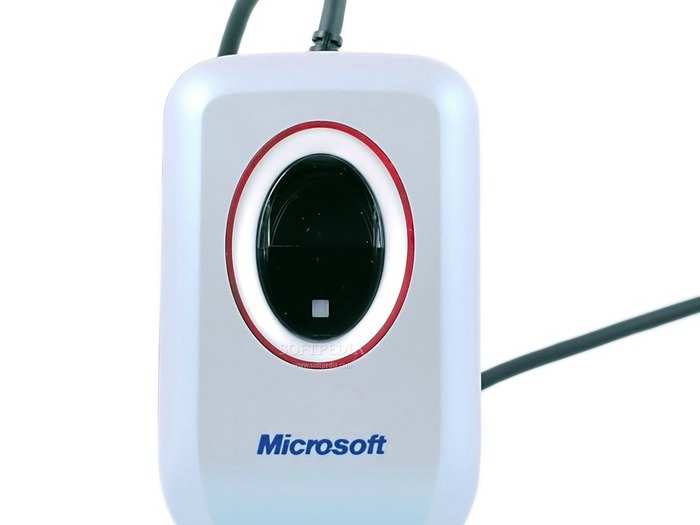
The Microsoft Fingerprint Reader was, if anything, ahead of its time.
Launched in September 2004, the reader was compatible with both Windows XP and Vista, working to increase security of the operating systems. Microsoft aimed the unit at small business users.
While the reader has been discontinued, several patches were released to enable it to work with any operating system up to Windows 8.1.
The Surface Hub.
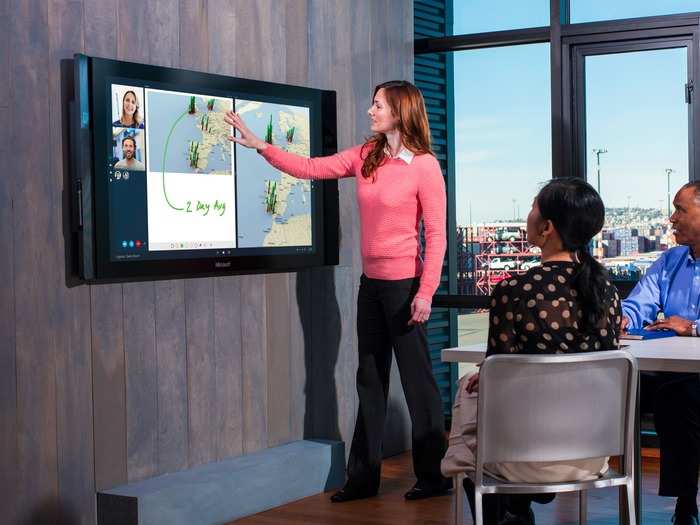
The Surface Hub, which gave its name to Microsoft's tablet line, is described as an "interactive whiteboard" that runs Windows 10.
There are two distinct models: a 1080p, 55-inch version and a 4K, 84-inch version which cost $7,000 (£4,500) and $20,000 (£13,000) respectively.
The Hub is essentially a giant, wall-mounted touchscreen PC that can perform all of the usual computer tasks, such as taking notes, Minesweeper, and video conferencing.
The company currently sells the Surface Hub to businesses with really big walls.
A children's game.
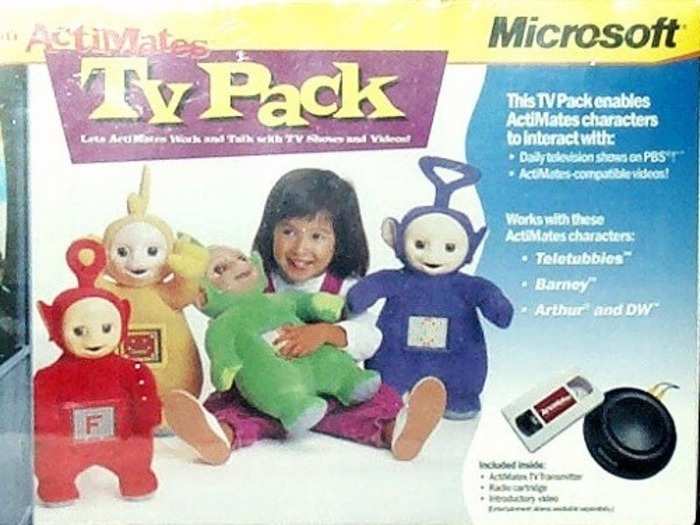
Microsoft's foray into children's toys lasted from 1997 until 2000 and involved collaborations with the makers of the "Teletubbies," "Arthur," and "Barney."
The products became a success over the holiday season and could interact with a TV or computer — although not with a PC — usually a special TV or PC Pack. The toys were aimed at the educational market, offering a "yes" or "no" response to answers from a child.
It's still unclear why Microsoft discontinued this project.
Zune.
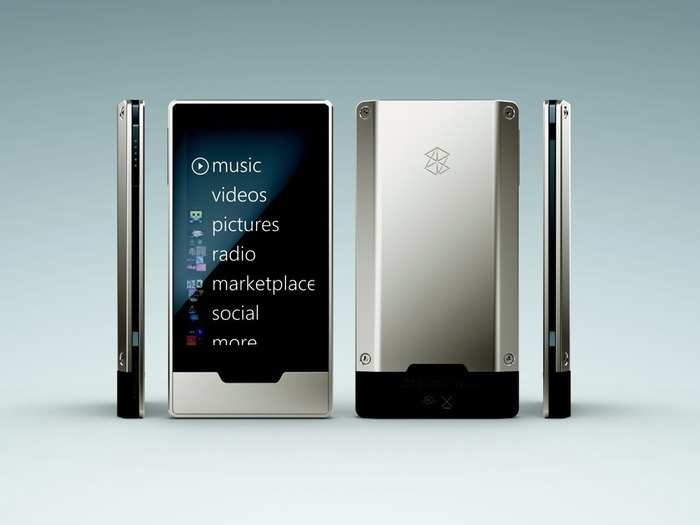
The Zune, introduced in 2006, was an attempt by Microsoft to go head-to-head with Apple in the portable media player market. By 2011, the device had been discontinued due to poor sales.
Much of what made up the Zune — especially in terms of software design — became part of both Windows 8 and the Xbox (the zune.net domain redirects to the Xbox website).
One of the primary reasons for the Zune's failure was lack of brand recognition, something that Microsoft now suffers with in the phone market.
A range of webcams.
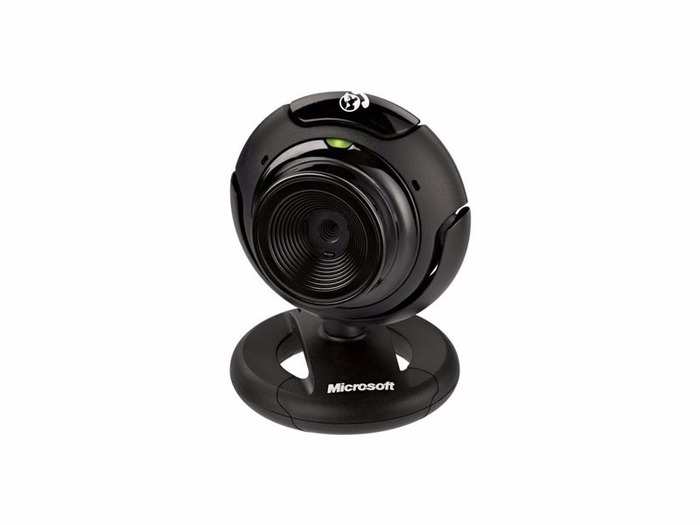
Microsoft has been making the LifeCam since 2006 but other webcam manufactures, such Logitech, receive far more press than Microsoft's efforts.
The current version, called Studio, features a 1080p sensor, an 8-megapixel lens, and a built-in microphone.
The company will likely continue producing webcams into the future, especially as facial recognition is a core feature of Windows 10.
A non-Xbox game controller.
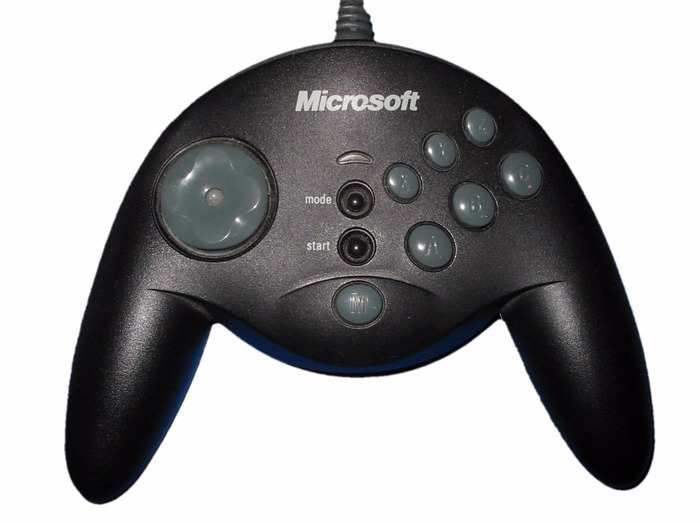
The SideWinder controller debuted in 1995 as part of Microsoft's move into PC gaming. It was intended only to work with Windows PCs but the hardware could also be used with the Apple Mac and Linux systems.
Microsoft discontinued the SideWinder in 2003 due to poor sales and all game-related branding is now done via Xbox One.
A fitness Band.
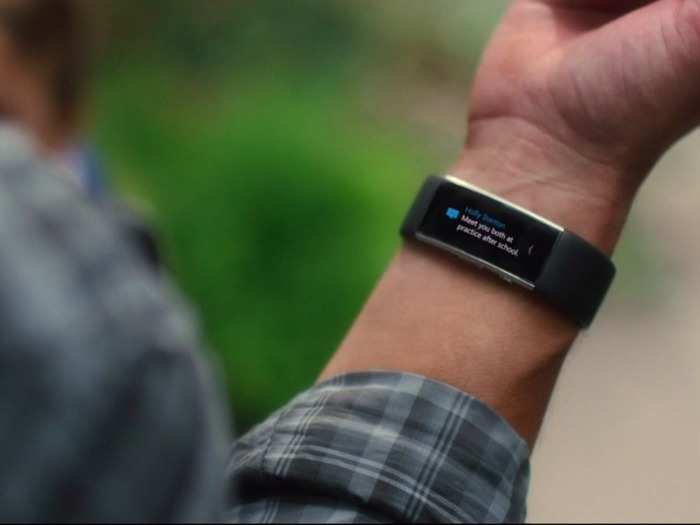
Microsoft recently refreshed its little-known Band at an event that demoed the Surface Pro 4, new Lumia devices and a Surface laptop and so it's easy to see how the fitness tracker that came out in 2014 got lost.
The Band runs Windows 10, is compatible with iOS, Android, and Windows 10 Mobile, and can do almost every fitness-related task just as well as the Apple Watch or various Fitbit models.
A 360 degree video conference camera.
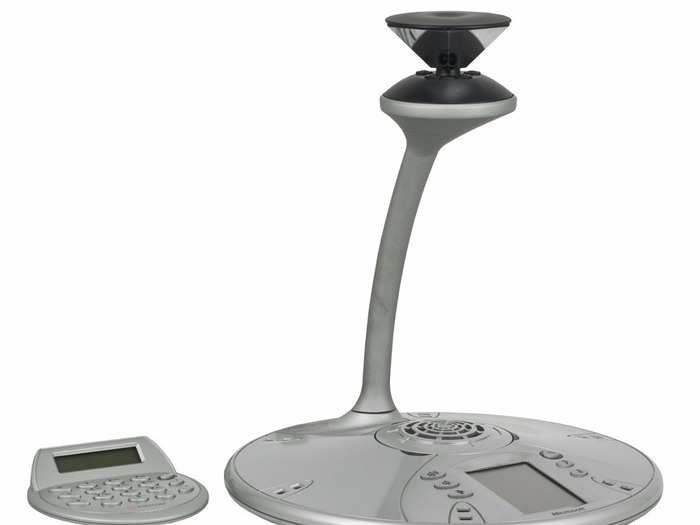
The RoundTable was developed by Microsoft Research and released in 2007 as a high-end video conferencing solution that could show a 360 degree view of the room using five cameras and several mirrors.
The webcam cost around $3,000 (£1,940) and worked with Office 2007. Beyond the panoramic view, RoundTable included six microphones that located the speaker within the room and focused a camera on them.
In 2009, the technology was licensed to Polycom and RoundTable now exists as Skype for Business.
Popular Right Now
Popular Keywords
- India’s wearables market decline
- Vivo V40 Pro vs OnePlus 12R
- Nothing Phone (2a) Plus vs OnePlus Nord 4
- Upcoming smartphones launching in August
- Nothing Phone (2a) review
- Current Location in Google
- Hide Whatsapp Messages
- Phone is hacked or not
- Whatsapp Deleted Messages
- Download photos from Whatsapp
- Instagram Messages
- How to lock facebook profile
- Android 14
- Unfollowed on Instagram
Advertisement